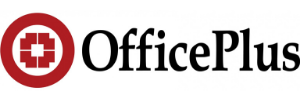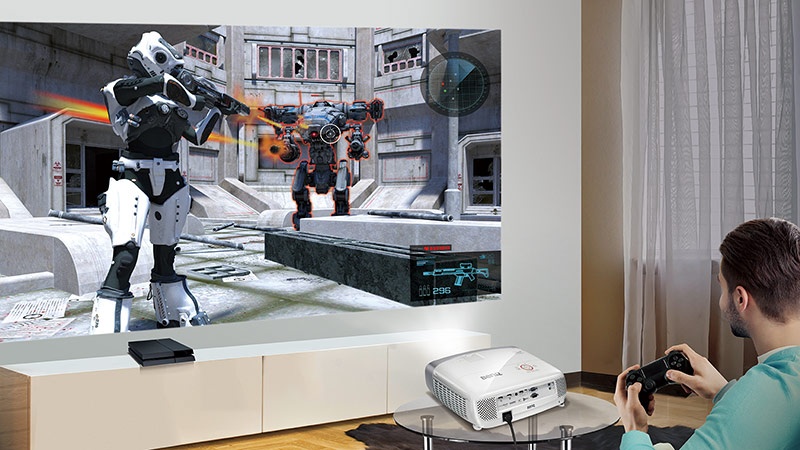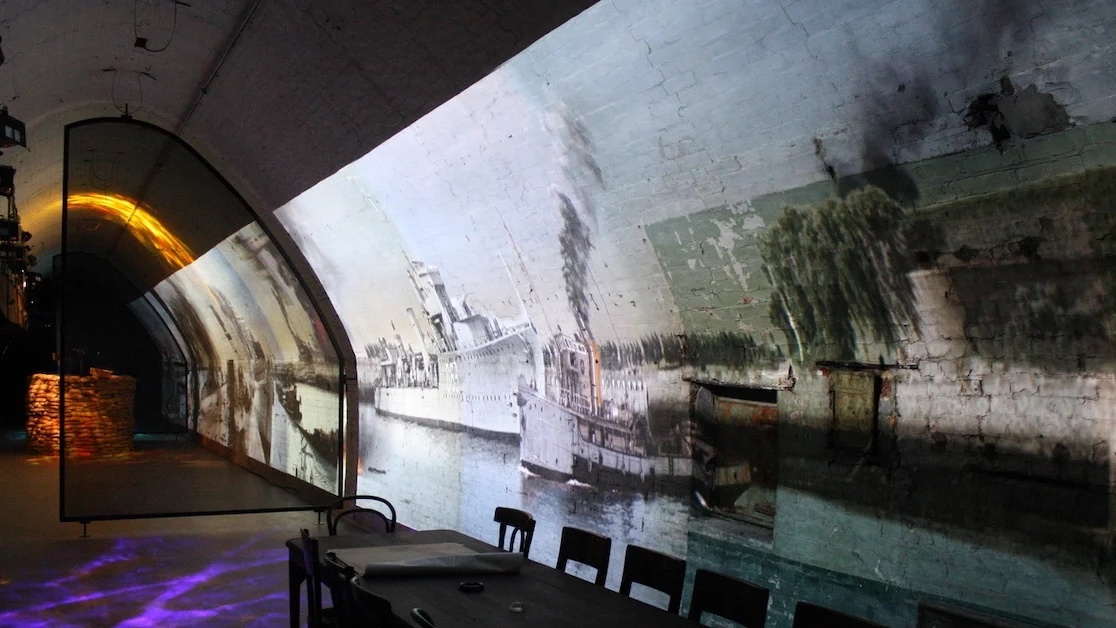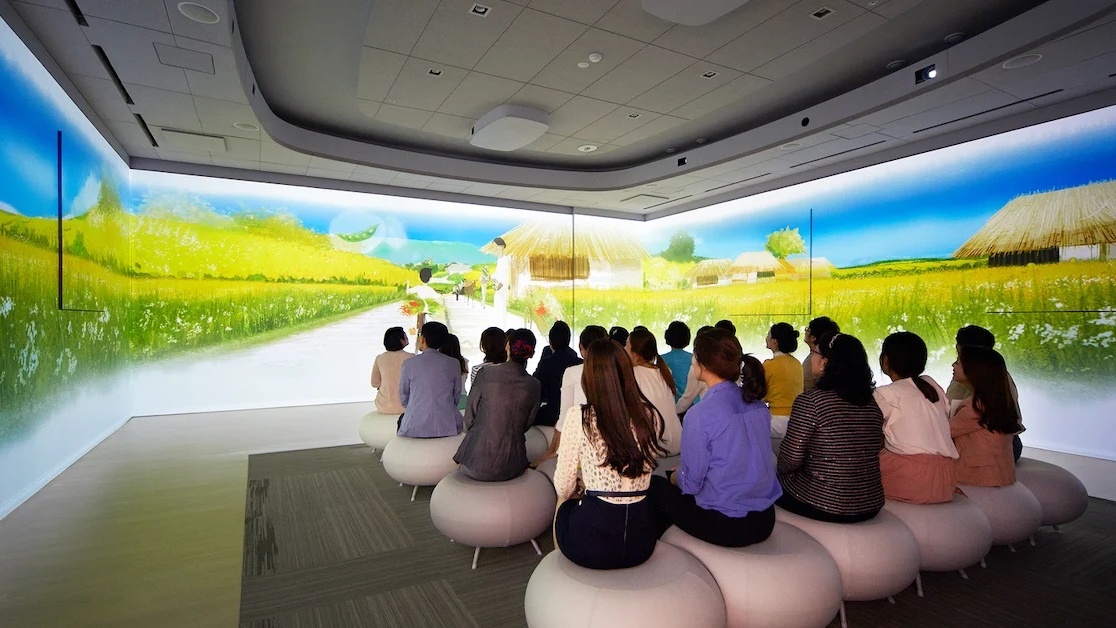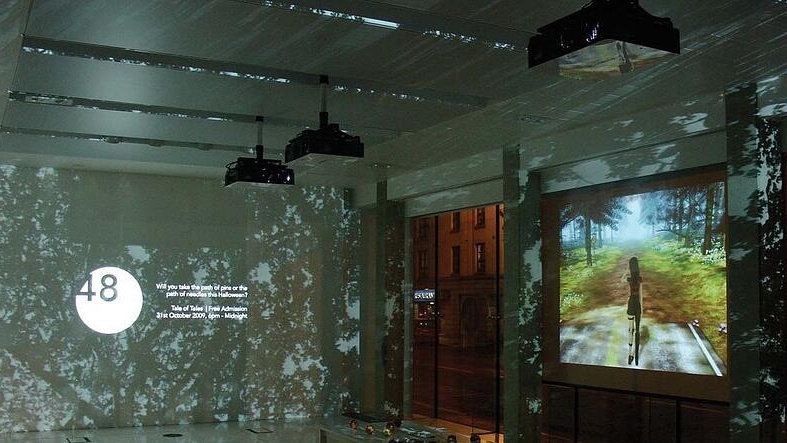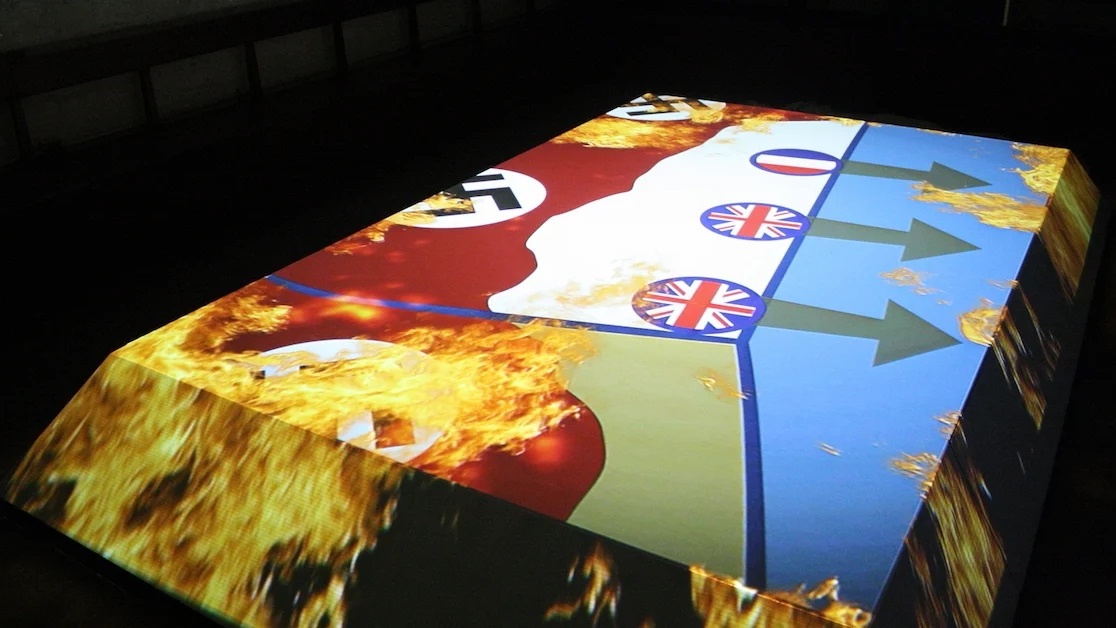Key Components to Successful Projection
Twelve tips that will make you a true audio conferencing professional.
Leaving an enduring effect can be hard for any moderator, however including sight and sound as viewable prompts and sound are sure to make your introduction stick. Probably the most ideal approach to improve an introduction and assurance of its prosperity is to utilize a projection framework. A projector permits moderators to share information, supporting data, and new thoughts effectively while guaranteeing polished methodology.
While there is no all-inclusive best screen for each application, choosing an inappropriate surface can make issues, including helpless picture quality or review troubles for part of the audience. Let’s investigate a couple of the key contemplations when optimizing projection execution.
UNDERSTANDING SCREEN PERFORMANCE MEASUREMENTS
Two key factors come into consideration when selecting a projection surface: gain and the contrast ratio.
Screen gain is the measure of the reflection of light from a projection surface. It describes how the material of a projection surface affects the perceived brightness of images projected onto it. The wrong level of gain can make an image appear too intense or too dull. It can also restrict viewing angles so that only audience members in certain positions see the projected image correctly.
Contrast ratio also affects the quality of viewing. The correct ratio varies by application. Contrast ratio is defined as the ratio of the luminance of the brightest color (white) to that of the darkest color (black) in an image. Luminance is a measure of the amount of light that is reflected from a particular area — in this case, a projection surface.
RECOGNIZING THE IMPORTANCE OF SURFACES
Projection surfaces are made from many different materials; woven fabric, rigid and flexible acrylic, plasterboard, natural surfaces, and many other materials, even water can be used. The choice of material is determined by the application. Using materials with high reflective properties often yields poor results. Specifically, they can mirror the bright projector lens on their surface or cause light flaring from certain angles. When selecting surfaces, its key to understand the differences between rigid and flexible screens, transparent surfaces, acoustically transparent screens, and water screens.
FRONT, REAR OR DUAL SIDED
A front projection surface is reflective; it reflects the light falling on it back at the viewer. A rear projection surface is transmissive; light falling on the rear is passed through the screen so the image can be viewed from the front.
Dual-sided screens can be viewed from the front and the rear. These are useful when banner style or hanging displays are required in museums, retail environments and atriums. However, because the image will be reversed on one side these screens are not suitable for displaying text.
PRACTICAL PROJECTION CONSIDERATIONS
There are a number of practical considerations that can impact the performance of any projection project. For instance, a failure to consider the potential impact of ambient light. When a screen surface is not illuminated it forms the ‘black’ that viewers see in a projected image. However, if ambient light from windows or interior lighting falls on the screen its surface will become brighter, and more projected light will be needed to produce a correct image.
Likewise, screen flatness and tensioning can factor into the performance as well. If a screen is not flat and there is no means of adjusting the image to account for the curve, text and objects can appear distorted, particularly on larger screens.
We’d love To Meet You In Person Or Via The Web!
Main Office: Suite M-01, 512, 3rd Street, Abu Dhabi, UAE
Phone: + 971 2 6767019
WhatsApp: + 971 55 3979668
Email: web@OfficePlusUAE.com
